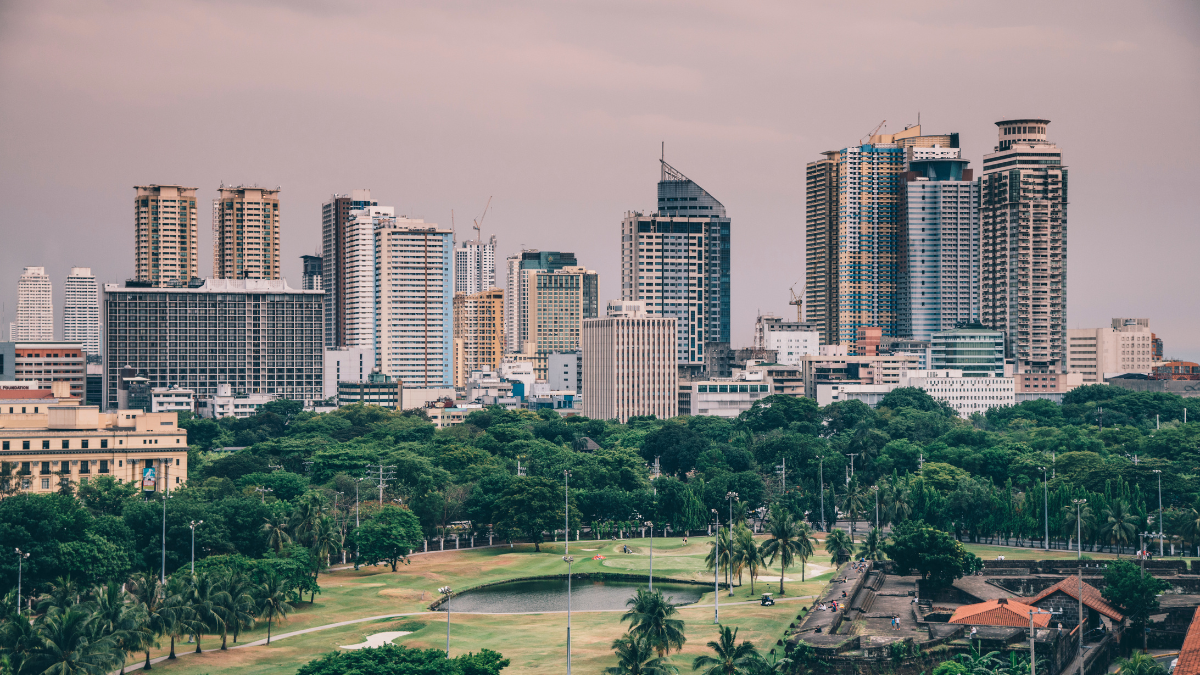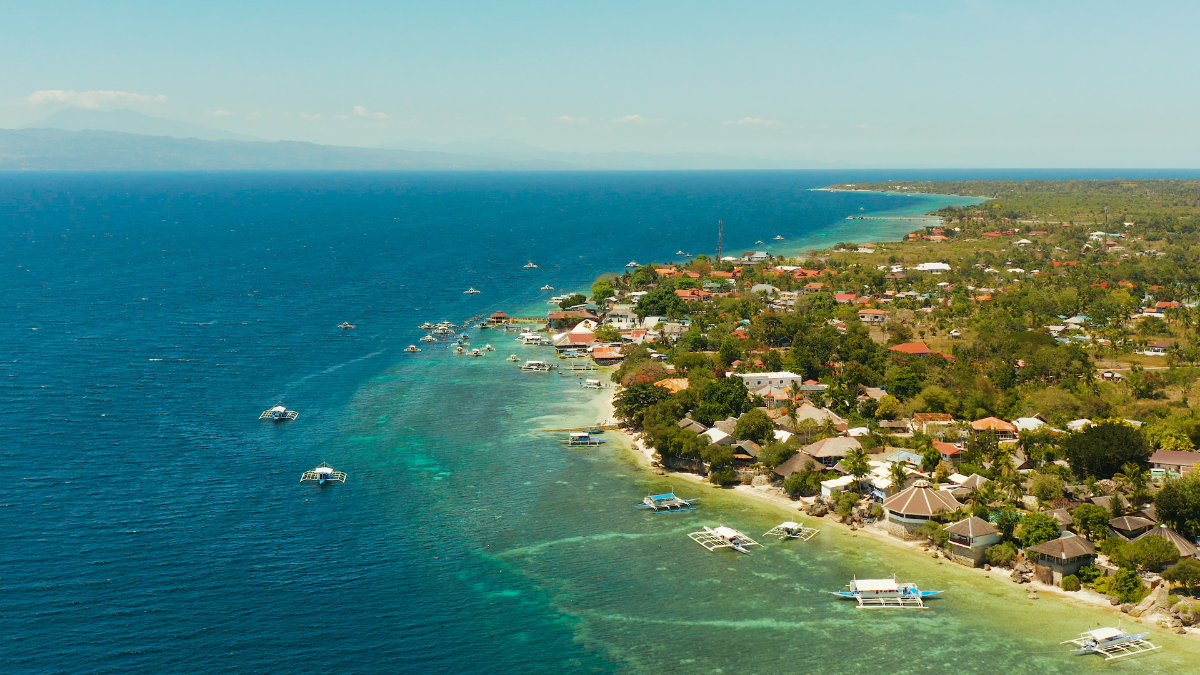Air pollution is all around us. It is not just the vehicle exhaust we see or the combustion fumes we smell. Many air pollutants are invisible to the naked eye. And they can easily slip past our body’s defenses, leading to various health issues.
According to the World Health Organization (WHO), 9 out of 10 people now breathe polluted air. This contributes to 7 million deaths each year.
What is Air Pollution?
Put simply, air pollution refers to the presence of harmful particles or chemicals in the air that we breathe. These pollutants come from both natural (e.g. volcanoes, pollen, sea spray, etc.) and man-made sources (e.g. industrial production, construction work, fossil fuel combustion, etc.).
Air pollutants take many forms, but they are classified into five major types.
Types of Air Pollutants
Particulate matter (PM)
PM is a complex mixture of particles composed of mineral dust, hydrogen, black carbon sulfate, nitrates, ammonia, and sodium chloride.
PM can be measured in microns, which is a millionth of a meter. They are further classified according to their size, i.e. PM10 (less than 10microns in diameter) or PM2.5 (less than 2.5 microns in diameter).
The tiniest particulates (PM2.5) are especially dangerous to humans. When inhaled, PM2.5 passes through the lungs and enters the bloodstream. This can exacerbate asthma, lead to heart attack, or even cause premature death.
Smog
Also called “ground-level ozone,” smog occurs when sunlight reacts with combustion gases. The thick smoke consists of particulate matter, nitrogen oxides (NOx), carbon monoxide (CO), and volatile organic compounds (VOCs). These chemicals come from emissions by cars, power plants, chemical plants, and similar sources.
Smog can irritate the eyes and throat. Prolonged exposure can also lead to reduced lung function and respiratory infections. High levels of smog can also cause difficulty in breathing and an increased risk of pneumonia and bronchitis.
Nitrogen oxide (NOx)
A major component of urban air pollution, NO2 comes from vehicles, power stations, and other heating sources. Inhaling high levels of this gas can lead to irritation or inflammation of the airways.
Sulphur dioxide (SO2)
Most of this pungent, colorless gas comes from electric industries that burn fossil fuels, as well as from cement manufacturing, coal factories, and petrol refineries. Aside from throat and lung irritation, other effects of SO2 exposure include asthma flare-ups, coughing, tightness of the chest, and a greater risk of chest infections.
Carbon monoxide (CO)
A colorless and odorless gas, CO comes from motor vehicle exhaust and the burning of fossil fuels. Although high levels of CO are more of a concern indoors, long-term exposure to low concentrations outdoors is also associated with various health effects.
How is air pollution measured?
Air quality is measured through the Air Quality Index (AQI). Like a thermometer that shows changes in temperature, the AQI shows changes in the amount of pollutants in the air.
Ambient air pollution is detected based on the individual concentrations of all known pollutants. The amounts are expressed in micrograms per cubic meter (μg/m³) per 24-hour average or per annual mean. A 24-hour mean is the average of all hourly concentration readings over an entire day. An annual mean is the average for one-hour daily measurements over an entire year.
Based on the chart, an AQI under 50 means that the air quality is good. That is, the amount of PM2.5 in the air is within the safe range of 0-12.0.
Satellites and instruments on the ground monitor particle pollution in the air and in our atmosphere. For example, the Joint Polar Satellite System (JPSS) detects airborne particles, including particles from wildfires; sand storms; volcanic ash; smog; and urban and industrial pollution. The NOAA’s GOES-R (Geostationary Operational Environmental Satellites-R) can also provide particle pollution measurements in five-minute intervals.
In the Philippines, the Environmental Management Bureau (EMB) measures ambient air pollution. Under the Clean Air Act, otherwise known as RA 8749, the EMB must conduct an inventory of emissions once every three years. This inventory estimates emissions from mobile stationary, and area sources.
EMB has regional monitoring stations that routinely measure criteria air pollutants. They have sampling equipment all over the country, which is classified according to the type of monitoring and criteria pollutants they monitor. For example, a general air pollution monitoring station checks the ambient air quality within a fixed area, while a roadside air quality monitoring station assesses air pollution caused by mobile sources.
How does the Philippines fair in terms of Air Pollution?
WHO imposed the following thresholds for key air pollutants to reduce associated health impacts:
- MP10 – average of 20 micrograms per cubic meter (μg/m³) per annum
- PM2.5 – average of 10μg/m³ per annum.
Every year, WHO ranks countries based on this standard.
In 2018, the World Air Quality Report ranked Philippines in 48th place for an estimated average PM2.5 concentration of 14.6. That’s obviously not a good score.
Most of the air pollution (65%) in the country is attributed to vehicle emissions, according to EMB’s national emissions inventory in 2015. Almost 21 percent comes from stationary sources like power plants and factories. The rest come from area sources such as biomass burning, construction activities, and kaingin in the uplands.
The Philippines has around 11.6 million vehicles registered in 2018, more than 2 million of which are located in the National Capital Region. But that’s just the registered ones! If you take into account the unregistered vehicles, you’ll get a better grasp of the real situation.
That said, air quality differs vastly between rural and urban cities. With fewer vehicles and power plants, some cities in the provinces enjoy better air quality than other industrialized areas in the Philippines.
Ironically, 11 Philippine cities were cited for having the cleanest air in Southeast Asia in 2019.

Air Quality in Cebu City
In Cebu, the air quality is fairly good.
A quick search using the IQAir AirVisual site shows Cebu’s real-time air quality information.
While the regional EMB has a monitoring station located in Talisay City, Metro Cebu itself does not have its own equipment for measuring air pollution. So it is hard to evaluate the actual pollution level in the city.
The effects of pollution are undeniable.
Health experts have urged the Philippine government to take action towards improving air quality as PH had the third-highest number of air pollution-related deaths. That is 45.3 deaths per 100,000 Filipinos.
In addressing air pollution problems, WHO is hopeful that middle- and low-income countries would scale up their efforts as well as high-income countries.
“Awareness is rising and more cities are monitoring their air quality. When air quality improves, global respiratory and cardiovascular-related illnesses decrease,” said Dr. Maria Neira, WHO Director for the Department of Public Health, Social and Environmental Determinants of Health.
PH’s former Department of Health Secretary Esperanza Cabral echoes the same sentiments.
“It is time we embrace the adage of putting a premium on prevention of disease over cure… We address air pollution, we address these diseases,” she stated.
New in Cebu? Check out our page living in Cebu for more information on Cebu City.





